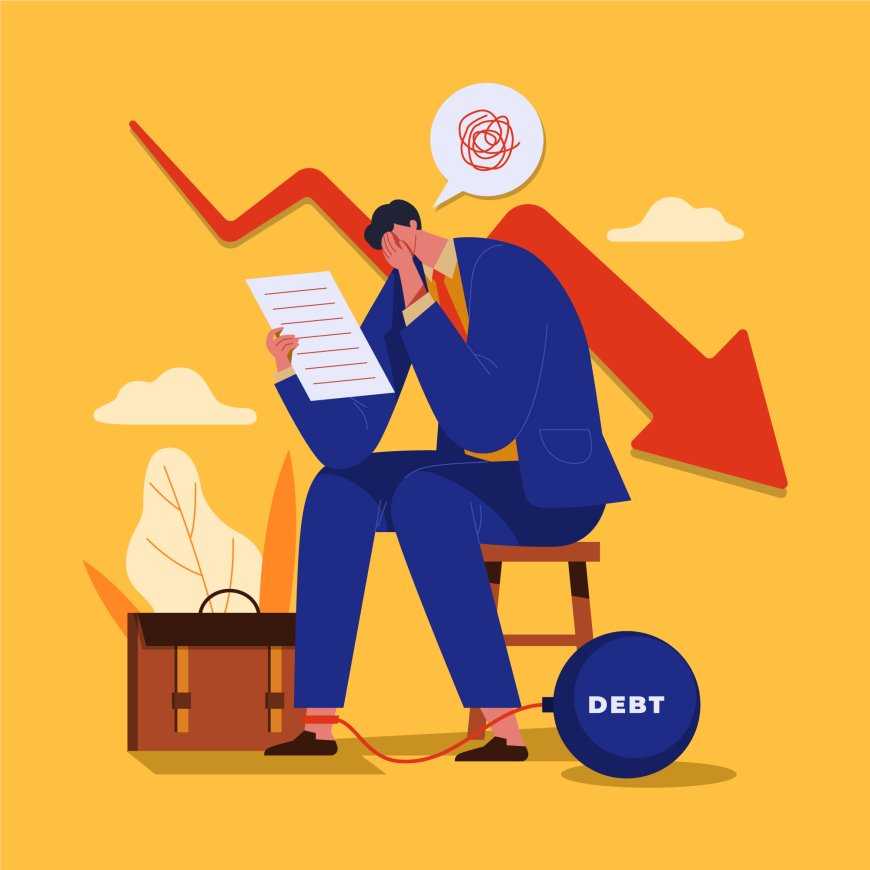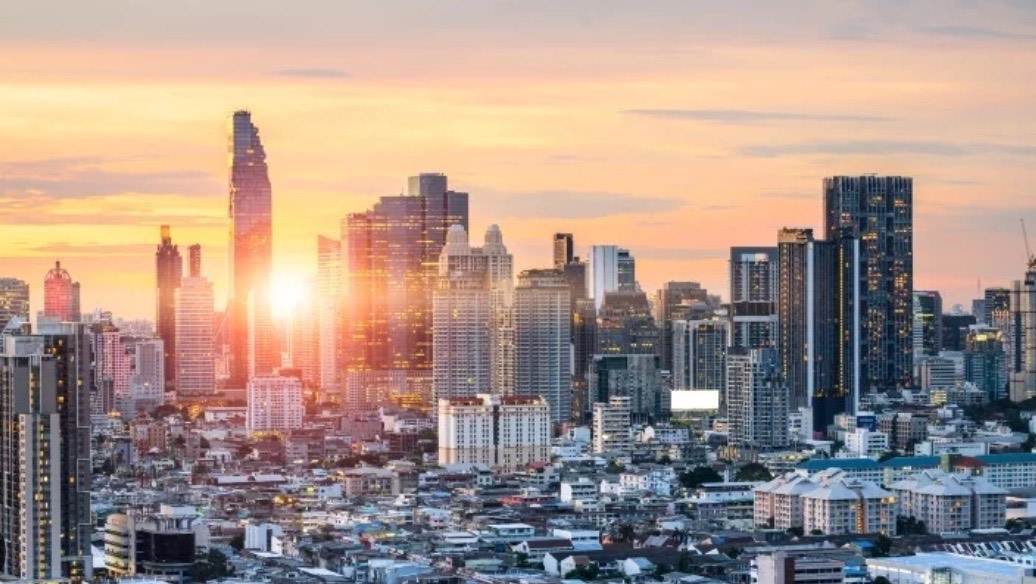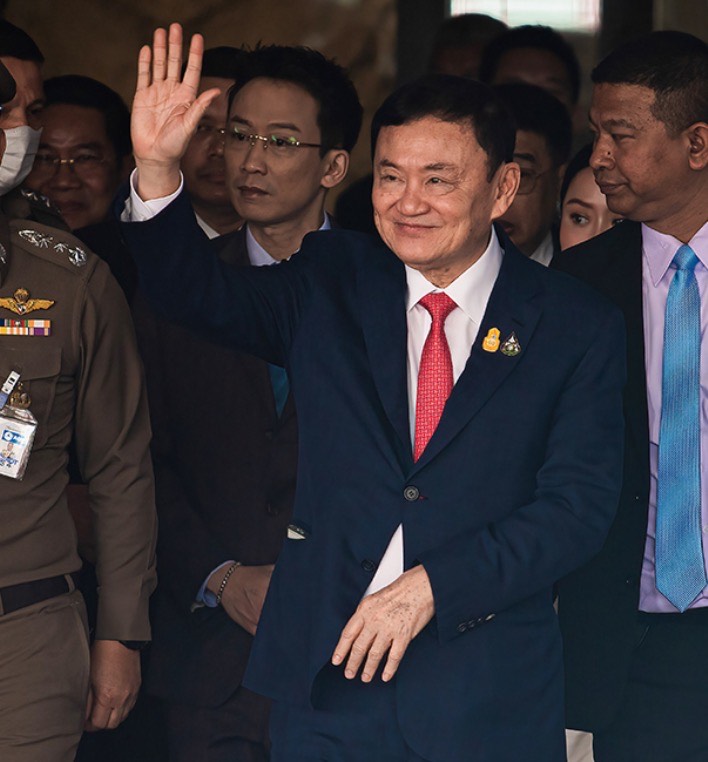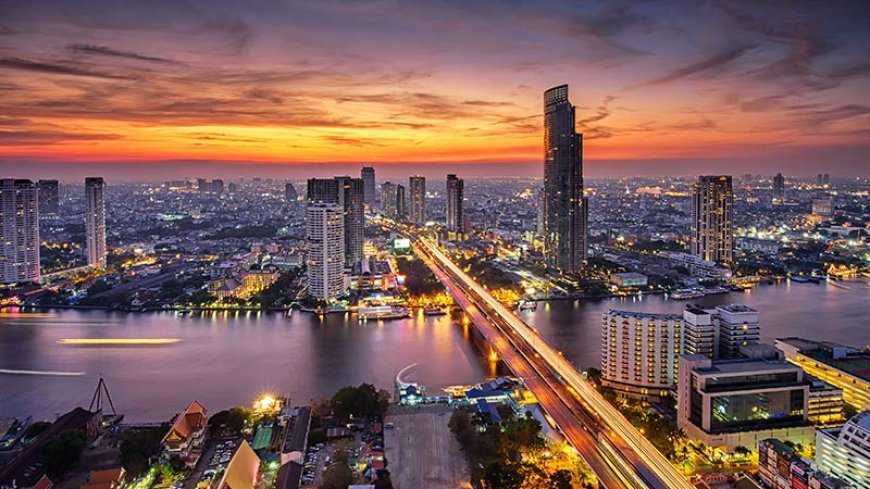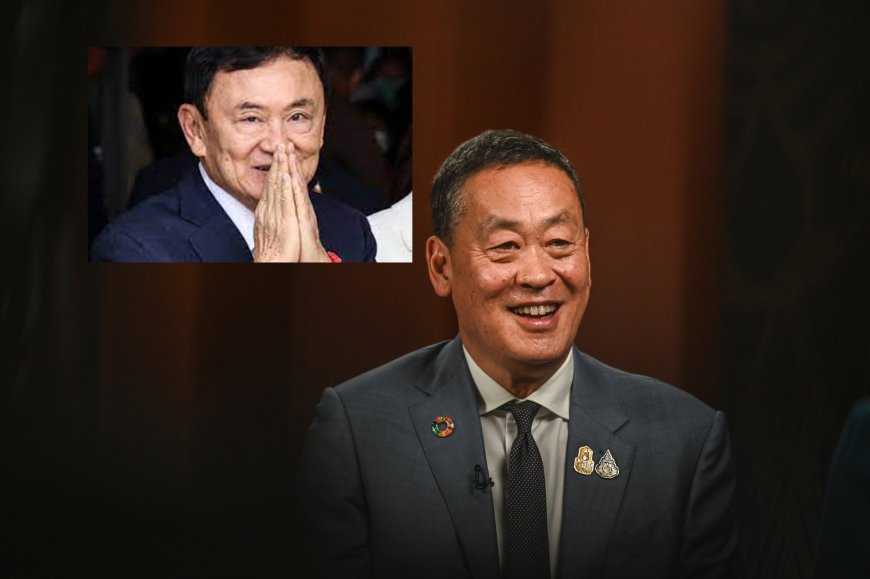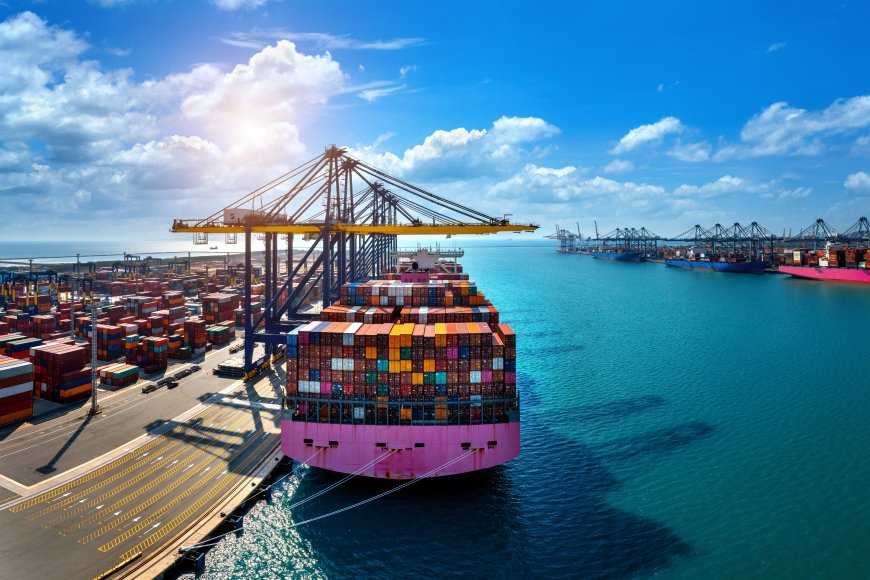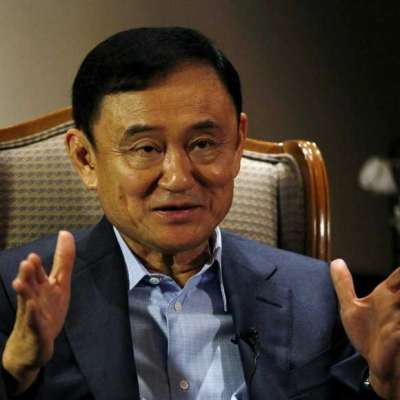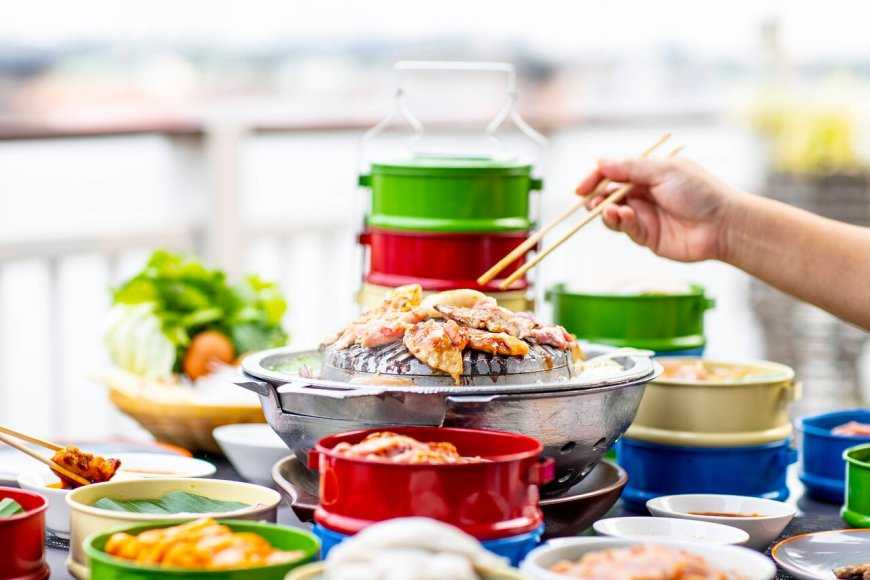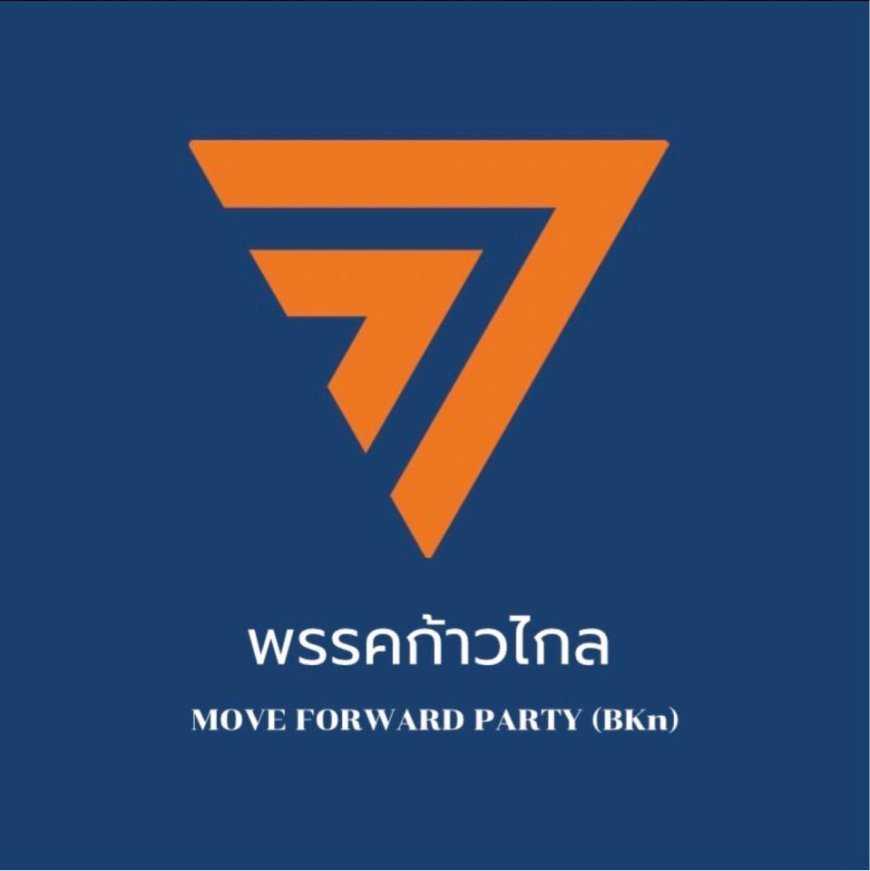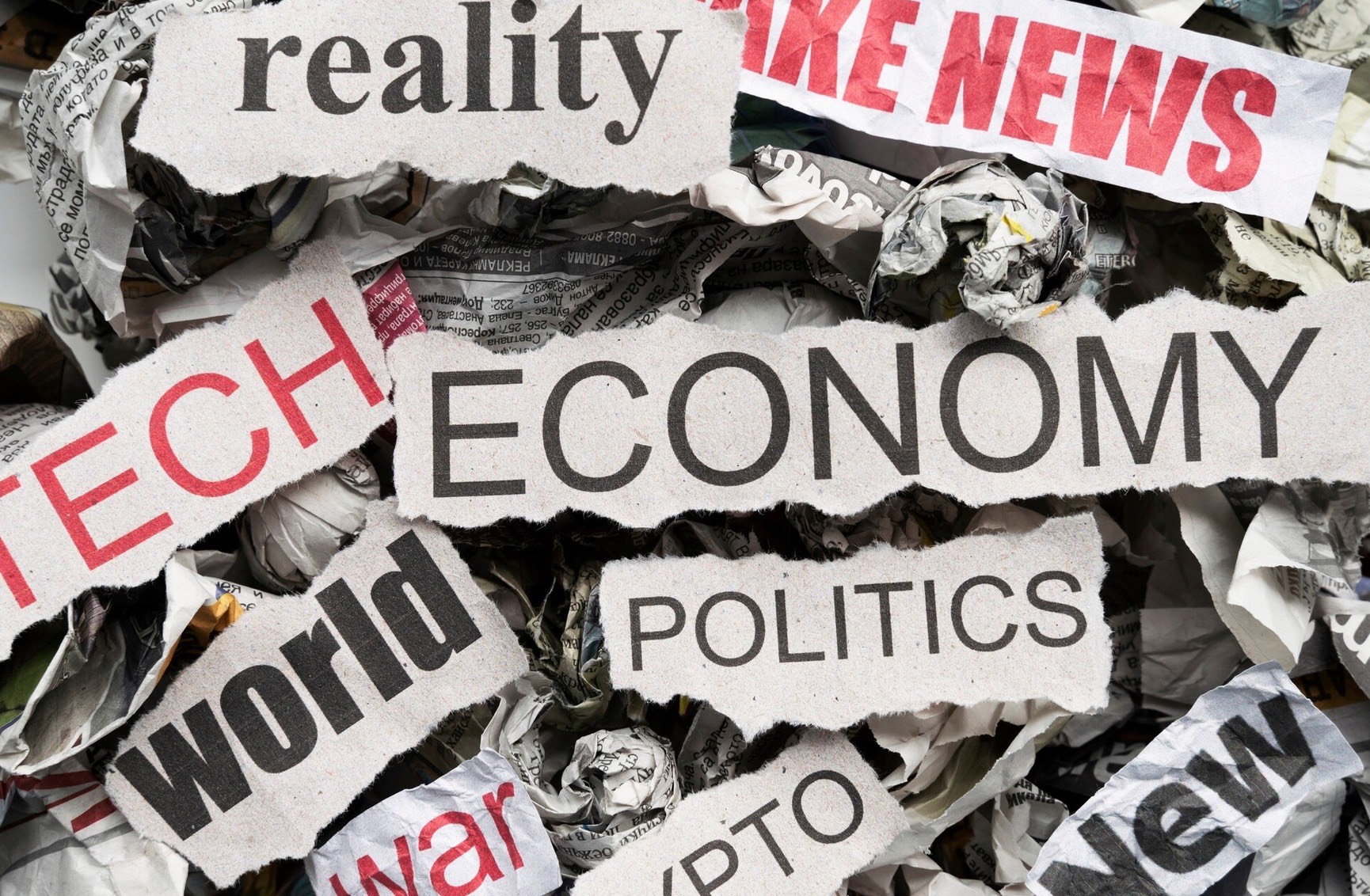Is Thailand In An Economic Crisis Or An Economic Crisis Of ‘The Majority ’?
The debate on the Digital Wallet scheme has brought about an important question to light on whether Thailand is in an economic crisis or not.
The Digital Wallet Scheme Is Pheu Thai party’s flagship policy that promised 10,000 baht to every Thai aged 16 years, who have a monthly income of less than 70,000 baht and bank deposits not exceeding 500,000 baht and is the most debated topic in Thailand at all levels of Thai society.
The fact that the scheme involves a borrowing of 500 billion baht to fund it makes the topic even more contentious.
Critics have questioned whether the scheme will truly stimulate the economy or will the financial burden drive the country towards another economic crisis.
More importantly, Pheu Thai’s digital wallet scheme faces reservations expressed by a panel under the National Anti Corruption Commission Commission (NACC) and the Council of State. In its study, the panel suggested that the scheme could be regarded as policy-oriented graft and recommended that the government prove that the scheme will not benefit any specific political party or big businesses and that it will prove to be beneficial to the economy of the country.
The Council of State has warned that borrowing such a large amount could be violating laws governing state financial discipline.
Furthermore, a group of senators are seeking a general debate against the government and are expected to raise the ‘digital wallet’ as one of their key concerns.
It’s right and healthy that every government scheme should be scrutinized but while debating the pros and cons of the ‘Digital Wallet’ scheme, one observation, which has far reaching consequences, came to light and that is ‘Thailand may not be in an economic crisis’ at all.
For the country to progress or even to plan economic strategies , shouldn’t there be a consensus on this issue first ?
Whether Thailand is in an ‘economic crisis’ or not depends on which data you wish to look at and which demographics you focus on.
Thailand’s level of inequality has always been one of the highest in Southeast Asia. According to the Credit Suisse report in 2019, the bottom 10% of Thais hold 0% of the wealth, being either in debt or having no household income. The poorest 50 % of Thais hold only 1.7% of the country’s wealth, while the richest 10% hold a massive 85.7%.
Thailand’s growth has lost momentum over the last decade , as highlighted in an edition of the OECD Economic Survey of Thailand (OECD, 2023). GDP per capita has stagnated at the same time as other countries in the region experienced higher growth.
Covid -19 exacerbated the existing income gap and household debt challenges. The already softer growth momentum was further weakened by the economic fallout from the pandemic.
As expected, the recovery took the form of a K-shape, with a small group of people, big businesses, recovering faster and even doing better, while the majority did not recover at all or are still struggling to recover, judging from the increasing household debt that threatens to cripple their growth.
Making a quick calculation from 2019’s data, it’s clear that at that time if 90% of the people of Thailand held only 15% of the country’s wealth, then with the pandemic and the K-shape recovery, it's probably safe to say that more than 90% of 70 million people hold less than 15% of the country’s wealth today.
Thailand has among the highest household debt to gross domestic product (GDP) ratios in Asia, behind only South Korea and Hong Kong, according to a Bank for International Settlements ranking and millions of people, one in every three Thais are trapped in debt.
Household debt problems in Thailand differ from those of other countries as credit cards and personal loans, which are consumer loans, play a significant role and account for one third of total household debt. Consumer loans are not taken to generate income but to make ends meet.
About a third of Thais owe about16 trillion baht to formal lenders and an estimated 1trillion to loan sharks in 2023. According to Bloomberg, Thailand’s outstanding value of household debt is expected to rise further and peak in 2024 as people borrow more to service past debt and also cover the surging costs of living.
According to the above statistics, the only conclusion that makes sense is that the majority of Thais are not in a healthy financial state and are struggling to stay afloat.
Would this not constitute an “economic crisis of the majority’ if we look at the sheer numbers in terms of people adversely affected by economic turndown?
While most Thais have seen the effects of an economic slowdown, the wealthiest families of Thailand have felt either no impact from the country’s economic stagnation or have continued to grow. For example, Dhanin Cheravanont , President of the Charoen Pokphand Group saw his wealth grow from US$14.4 billion in 2015 to US$26.5 billion in 2022.
Bank of Thailand governor Sethaput Suthiwartnarueput has clearly stated that Thailand is not in a state of ‘economic crisis’.
His remarks are not surprising given the fact that the top five commercial banks of Thailand have reported a combined net profits of 138.9 billion baht for 2023.
The danger of looking at just the bigger picture of the Thai economy, where the GDP is chucking along, buoyed by growth from certain segments is misleading where the financial struggles of the majority of Thais are masked by credit and not given a red alert tag of ‘economic crisis’.
PM Sretha believes the country is in economic crisis and has reiterated so over several occasions but it was always seen as justification to push Pheu Thai’s flagship policy of Digital Wallet Scheme.
In a recent Nida poll, 63.51% of respondents think the country is in an economic crisis and at the same time 68.85% said they would not be upset at all if PM Srettha Thavisin cancelled the Digital Wallet Scheme.
It’s evident that the majority of people want the government to recognize that the country is in an economic crisis regardless of whether the Digital Wallet Scheme is the solution or not.
The PM needs to be seen fighting for the “common” people as it has been their hope that a change in government would bring in one that would prioritize their plight and call it for what it is, ‘an economic crisis of the majority’.
In the end, if the ‘Digital Wallet’ scheme is not implemented, the public will forgive the government, knowing that the government will leave no stone unturned to bring back economic viability to the lives of Thai people, one way or another.
https://thaimoves.com
